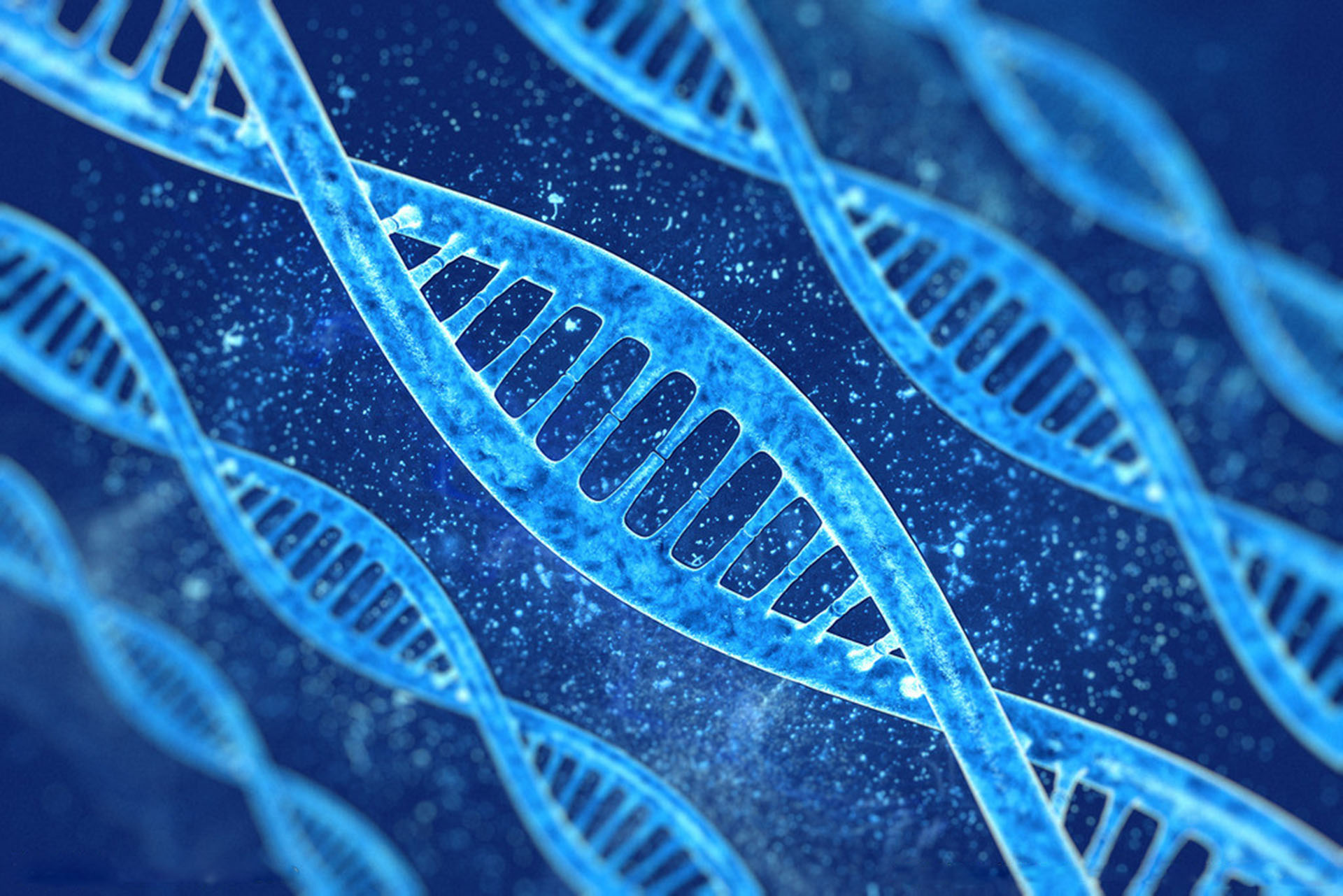Coronavirus Disease 2019 (COVID-19)
MALBACsim
Introduction
A recently reported method, named by Multiple Annealing and Looping Based Amplification Cycles chemistry (MALBAC), distinguished itself by achieving higher coverage with less amplification bias and better uniformity than its peers (Zong et al., 2012; de Bourcy et al., 2014). There we present MALBAC simulation software, named MALBACsim. Our simulator is committed to reduce costly and time-consuming laboratory procedures as well as providing reliable guidance for designing effective amplification technology.
Implementation
The application was implemented by Python 2.7 and was intended to run in both PC and workstations. The proposed simulator accepts files in fasta format to retain uniformity. The output file is named as the input file’s name with a prefix of “sim_”. It also needs six optional user-defined parameters, including the number of each kind of primers p, the factor deciding the number of products generated in every loop β, the maximum length of the full amplicons maxLen, the minimum length of the full amplicons minLen, and the coverage c. The user can use customized values, otherwise default values will be used.
Evaluation
We used the MALBACsim to simulate Escherichia coli’s reference genome and compare the synthesized results with empirical sequencing data to evaluate the performance of MALBACsim. The reference genome of E. coli (strain k-12, substr DH10B) used in our experiments can be downloaded from the NCBI Assembly (跳转) and the empirical sequencing data can be downloaded from NCBI Shot Read Archive (SRA) (跳转) with accession number SRP 048908.
Code
Direct affinity learning to boost multi-view clustering via subspace merging on a Grassmann manifold. [Code]
Enhancing multi-view clustering through common subspace integration by considering both global similarities and local structures. [Code]
HOGMMNC: A higher order graph matching with multiple network constraints model for gene-drug regulatory modules identification. [Code]

